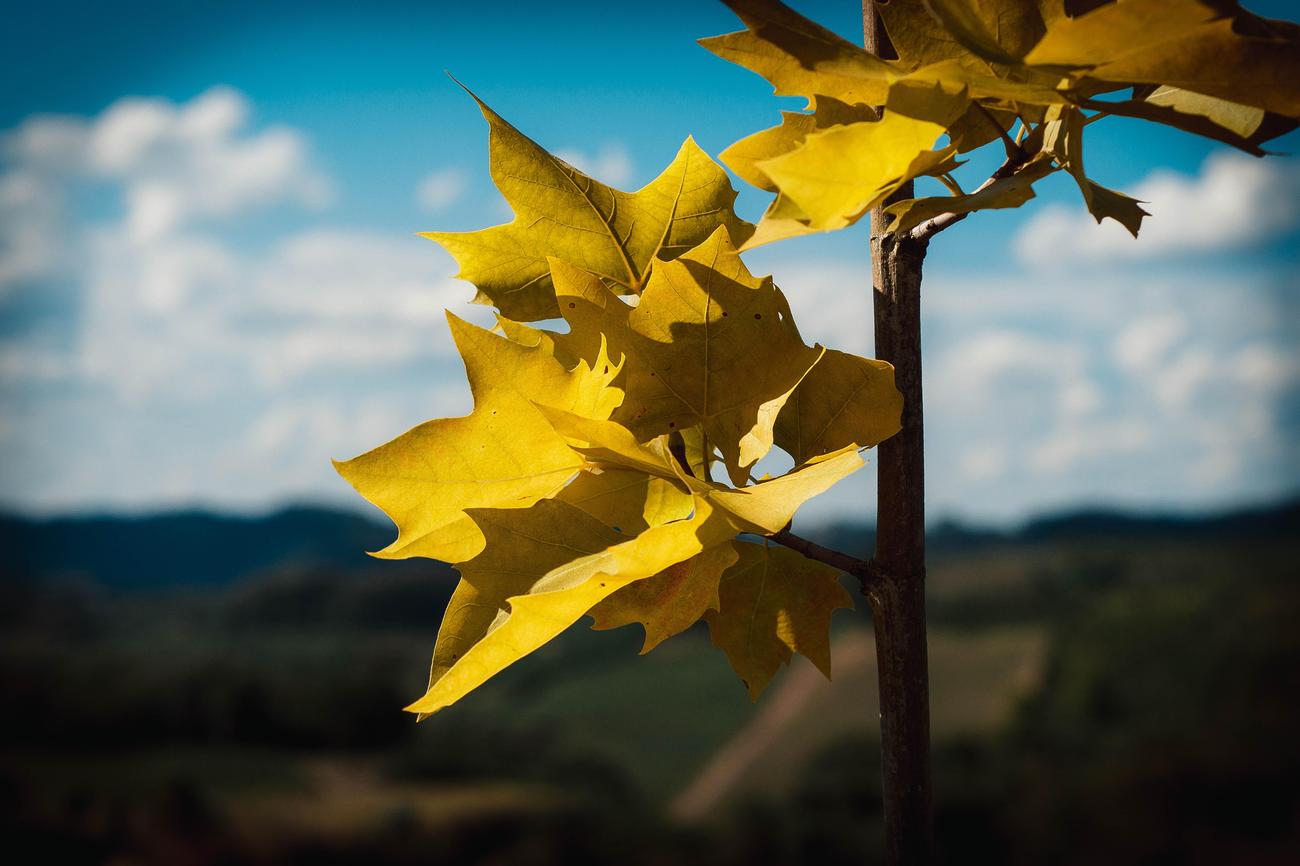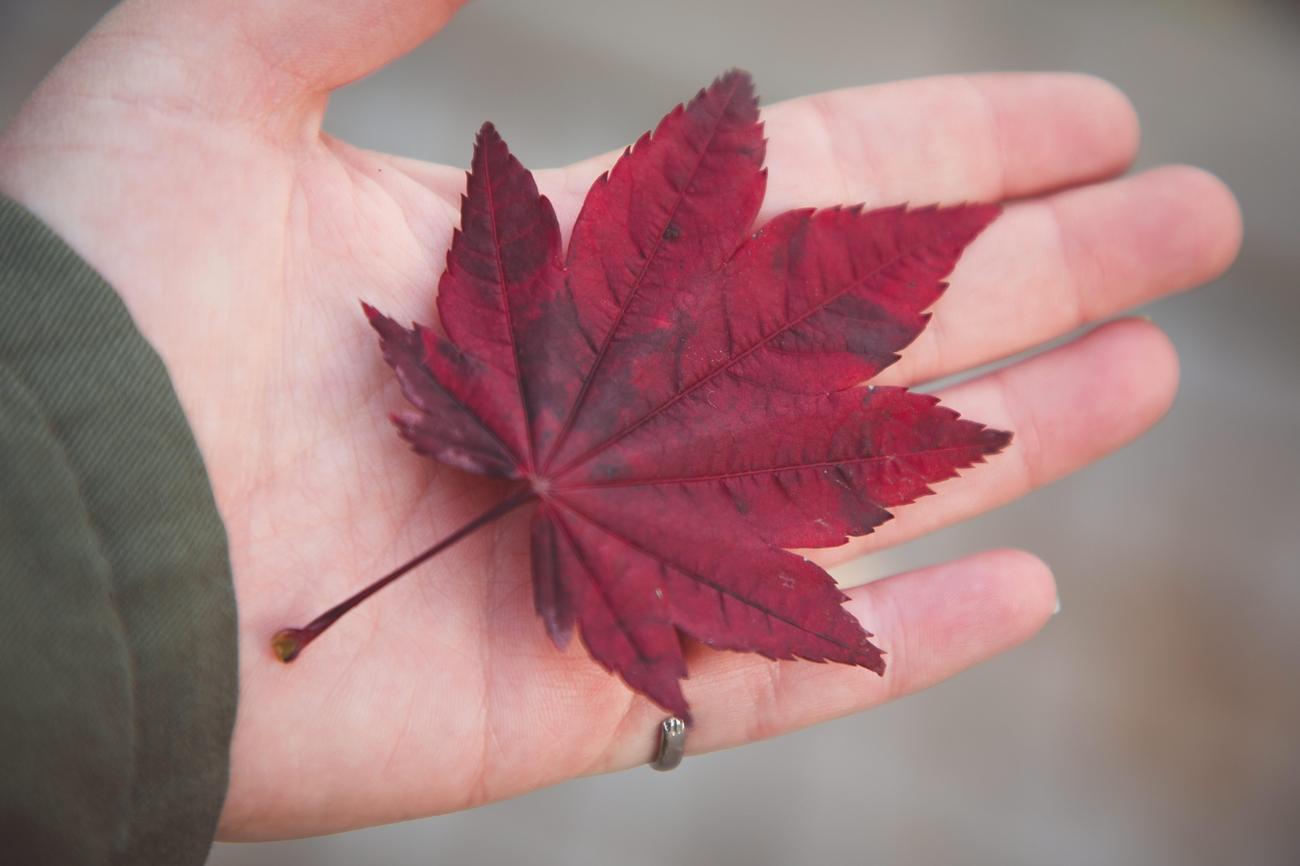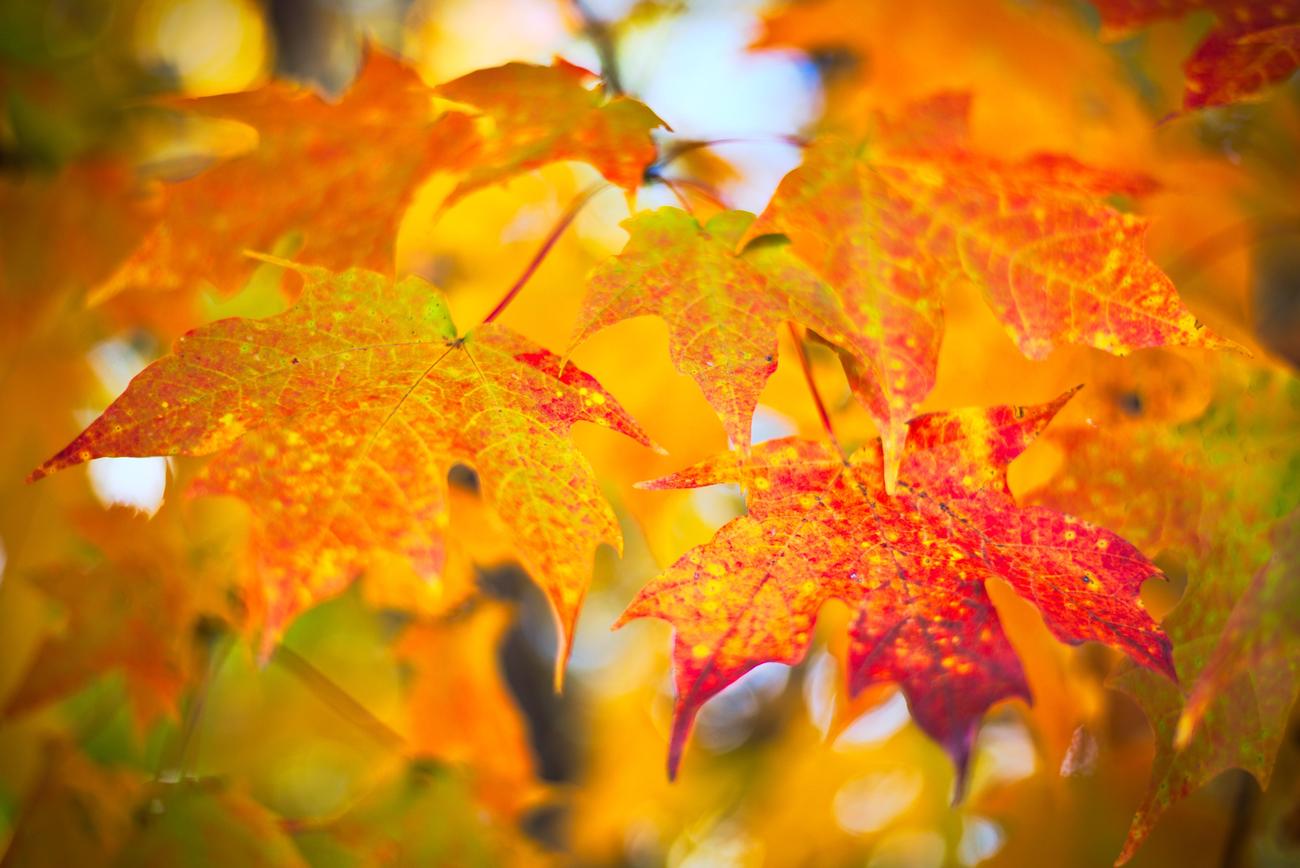Unearthing the Amorous Allure: The Maple Leaf as a Symbol of Love

As we delve into the realm of symbolism, certain emblems have steadfastly maintained their allure throughout centuries, captivating hearts and minds with their profound meanings. Among these cherished symbols lies the maple leaf, a humble yet powerful token that has come to represent love in all its splendor. In this exploration of its significance, we uncover the intriguing origins and intricate layers of meaning behind the maple leaf’s association with love. Through meticulous research and a passion for cultural symbols, we aim to shed light on why this simple leaf has blossomed into a profound and timeless emblem of affection. Join us as we embark on a journey to unravel the captivating story of the maple leaf and its enduring connection to matters of the heart.
Why is a maple leaf a symbol of love?
The maple leaf, with its vibrant red color and distinctive shape, has long captivated cultures around the world as a symbol of love. From ancient Asian societies to indigenous communities and modern Canadian identity, the maple leaf holds a deep-rooted significance that transcends borders and time. In this article, we will delve into the enchanting allure of the maple leaf as a symbol of love, exploring its multifaceted meanings and enduring cultural relevance.
Ancient Symbol of Love:
One cannot discuss the maple leaf’s connection to love without acknowledging its profound significance in ancient Asian cultures. In countries like China, Japan, and Korea, the maple leaf has been revered for centuries as a powerful symbol of affection and romance. Its delicate beauty and vibrant hues not only represent the allure of love but also inspire a sense of joy and optimism. The maple leaf reminds us of the sweetness and tenderness that blossoms in the early stages of a romantic relationship.
“The maple leaf, like love itself, is an exquisite testament to the beauty found in everyday life. It symbolizes the simplicity and purity of affection, reminding us to cherish the gentle moments of love that weave their way into our lives.”
Native American Symbolism:
Beyond its association with love, the maple leaf holds diverse meanings across different cultures. In Native American traditions, the majestic maple tree symbolizes balance and practicality. It represents the harmony between individuals and their environment, emphasizing the importance of living in harmony with nature. The maple leaf’s inclusion in cultural narratives serves as a reminder of the strength and resilience found in practical solutions and balanced relationships.
Fertility and New Beginnings:
Another captivating association with the maple leaf is its connection to fertility and new beginnings. In various cultures, including some Native American communities, the maple tree is believed to have a profound association with reproduction and childbirth. Legend has it that the stork, a renowned symbol of new life, uses maple branches in its nest to welcome the arrival of a baby. The maple leaf, therefore, represents the excitement and anticipation surrounding the birth of a child, symbolizing the start of a new chapter filled with love and hope.
Canadian Identity:
In the global landscape, the maple leaf has become an iconic emblem of Canadian identity. It is synonymous with the country’s natural beauty, evoking images of maple forests and the vibrant colors of autumn. The maple leaf is frequently seen alongside other Canadian symbols like the beaver, the Mountie, and the hockey stick. This association further emphasizes the national pride and love Canadians have for their country and its breathtaking landscapes.
“At the heart of Canadian identity lies the maple leaf, a symbol that encapsulates the love Canadians share for their nation’s natural splendor. Just as love is a celebration of beauty, the maple leaf represents the beauty that Canada holds dear.”
Strength and Endurance:
The maple tree, from which the maple leaf originates, also carries symbolic meanings associated with love. The maple tree is often seen as a symbol of strength and endurance, capable of withstanding the changing seasons and the inherent challenges of life. The bright red leaves of the maple tree in the fall symbolize the cycles of life, reminding us that love, too, evolves and endures through the passage of time. The maple leaf’s connection to the changing seasons serves as a reminder of the ever-changing nature of love itself.
Japanese Feng Shui:
In Japanese culture, the maple tree holds significant importance in Feng Shui, the practice of harmonizing one’s environment to invite positive energy. The maple tree is seen as a symbol of grace, good fortune, balance, and practicality. It represents the harmony between nature and human existence, promoting a sense of serenity and love in the spaces it inhabits. The maple leaf, with its intricate veins and delicate structure, embodies these qualities, inviting a sense of tranquility and affection into our lives.
In conclusion, the maple leaf’s status as a symbol of love is deeply rooted in its rich history and diverse cultural associations. From its ancient origins in Asian cultures to its embodiment of Canadian identity, the maple leaf captures the essence of affection and romance. Whether as a representation of beauty, fertility, strength, or harmonious living, the maple leaf speaks to the universal language of love. Its timeless allure continues to inspire and captivate, reminding us of the everlasting power and significance of love in our lives.
“The maple leaf is a testament to the many facets of love – its simplicity, tenderness, strength, and endurance. It is a symbol that unites cultures, transcends borders, and whispers the timeless truth that love knows no boundaries.”
Maple trees are fascinating beings that hold numerous untold secrets. If you are intrigued by the mysteries of nature, you must check out these fun facts about maple trees! From their mesmerizing leaf colors to their role in the production of maple syrup, maple trees never fail to amaze. Dive into the enchanting world of these majestic trees by clicking here: fun facts about maple trees. Prepare to be captivated by the wonders of the maple tree kingdom. So, what are you waiting for? Click the link and embark on a journey that will leave you awe-inspired.
The Maple Leaf: A Symbol of Canada’s Natural Beauty
[youtube v=”OaKiXBqp1FY”]
Why is the Maple Leaf a Symbol of Canada?
Canada’s iconic symbol, the Maple Leaf, is recognized worldwide for its association with the country. But why is this simple leaf so significant to Canada? The answer lies in the deep-rooted connection between Canada and the maple tree.
Canada’s Maple Tree and Maple Syrup
Maple trees are a common sight in Canada, particularly in the autumn when their leaves transform into stunning shades of red, orange, and yellow. These vibrant colors have captivated cultures around the world, and the maple leaf itself is seen as a symbol of love.
One delicious result of the maple tree is maple syrup, made from the sap of these magnificent trees. Canada happens to be one of the largest producers of this sweet treat globally. Canadians even celebrate an annual Maple Syrup Festival, where they can indulge in maple syrup and other maple products while appreciating the art of syrup-making.
Symbolism Across Cultures
In addition to its association with Canadian identity, the maple leaf holds symbolism in various cultures. In ancient Asian cultures, the maple leaf represents affection and romance, reflecting its innate beauty. On the other hand, Native American traditions view the maple leaf as a symbol of balance and practicality.
Furthermore, the maple leaf is tied to concepts of fertility and new beginnings in diverse cultures, demonstrating its cross-cultural significance. This emblem of Canadian identity extends beyond its borders, speaking to the universal language of love.
The Strength of the Maple Tree
The maple tree itself holds symbolism and embodies strength and endurance. Its adaptability to the changing seasons reflects the cycles of love, highlighting its enduring power and significance. In Japanese culture, the maple tree plays an essential role in Feng Shui, symbolizing grace, good fortune, balance, and practicality.
With its distinct symbolism and natural allure, the maple leaf represents the quintessential beauty and resilience of Canada’s landscape. It is a reminder of love’s everlasting power and serves as a symbol of Canadian pride.
“The maple leaf’s symbolism speaks to the universal language of love and reminds us of its everlasting power and significance.”

FAQ
Question 1: What is the significance of the maple leaf as a symbol of love?
Answer 1: The maple leaf carries great significance as a symbol of love, particularly in cultures such as China, Japan, and Korea. It represents the beauty and sweetness of love in everyday life, as well as the joy and excitement of early romantic relationships.
Question 2: Does the maple leaf symbolize anything else besides love?
Answer 2: Yes, the maple leaf holds various meanings in different cultural contexts. In Native American cultures, the maple tree symbolizes balance and practicality. Additionally, it is associated with fertility and the anticipation of welcoming a new baby, as the stork uses maple branches in its nest.
Question 3: How is the maple leaf connected to Canadian identity?
Answer 3: The maple leaf is a beloved symbol of Canadian identity, representing the country’s natural beauty. It is often seen alongside other Canadian symbols such as the beaver, the Mountie, and the hockey stick. The maple leaf became a central national symbol in Canada with the introduction of the Canadian flag in 1965.
Question 4: What does the red color of the maple leaf represent?
Answer 4: The bright red leaves of the maple tree in the fall symbolize the changing seasons and the cycle of life. In addition, the red maple leaf is considered a symbol of rebirth and hope, as it is one of the first trees to regrow after experiencing damage or destruction.
Question 5: Are there any spiritual or cultural associations with the maple leaf?
Answer 5: Yes, in Japanese Feng Shui, the maple tree is seen as a symbol of grace, good fortune, balance, and practicality. The maple leaf is commonly used as an emblem for lovers in Japan and China, signifying deep affection and lasting love.
“`json
“`
- Senior at What Age: Benefits & Eligibility Guide - March 29, 2025
- Unlocking Senior Benefits: How Old is a Senior? Your Complete Guide - March 29, 2025
- Master Russian Politeness:A Guide to Saying Please - March 29, 2025
















